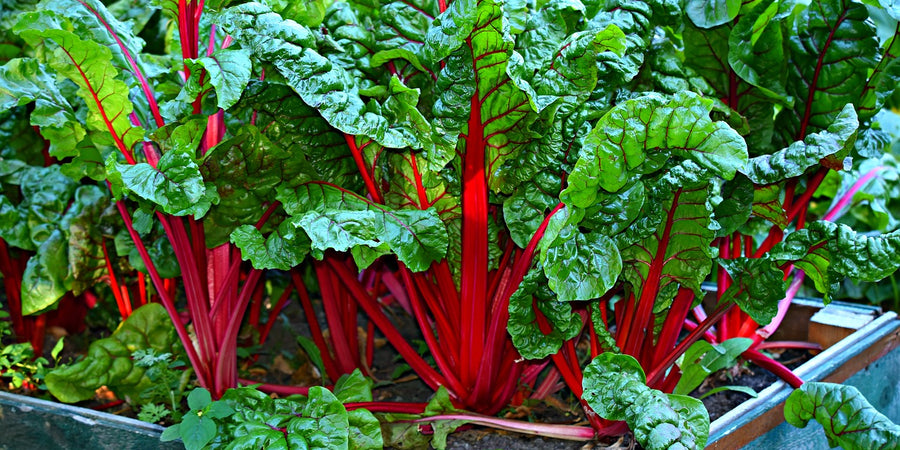August Monthly Growing Guide

The past 6 months of hard work has brought the kitchen garden to bloom over the past 2 months and now it delightfully culminates in the month of August. Although weeding and watering still takes the bigger priority, mood is not subsided, as there are many happy harvests to be brought in during this month.
August job list
Indoors:
Start organising the onions, shallots and garlic on racks away from late summer rain. Be sure to turn them every few days and check for any pest riddled bulbs as well as any past their best.
Make space in freezers and cupboards that will soon be filled with sliced, diced, blanched or pickled vegetables. When storing root crop, check for any unwelcome little visitors that may ruin the crop by nibbling at the stored bags and crates.
Greenhouse/Coldframe:
Peak of summer means the air in the greenhouse will be getting very hot and dry; mist the air with water or damp down greenhouse floor to create humidity. It will help keep pests like spider mites and green aphids at bay. Now that all the greenhouse plants like Tomato, Chilli, Aubergine and Sweet Pepper plants are in fruit. Hold back on daily watering but do not allow the soil to dry out, as weekly feeds of seaweed will require damp soil for effectiveness. Keep pinching out the side shoots on tomato plants and also the tip on the main growing stem.
Keep the greenhouse ventilation to a maximum, and use shading where necessary. Sow overwintering varieties of Onion, Parsley, Coriander and Lettuce varieties in seed or module trays, water in and place trays in coldframe.

Outdoors:
Most vegetables like Beetroot, summer Cabbages and Cauliflower, Kohlrabi Sweetcorn and Runner Beans will be cut and placed in harvest trugs, trays and boxes. Whilst the summer harvest comes, now is the time to sow direct the next season crops like Spinach, Cabbage, Turnips, and Oriental greens such as Pak Choi. Keep feeding flowering plants regularly.
Raise fruits like squashes and pumpkin off the ground onto straw or small paving slabs to avoid fruit rot whilst sat on soil. Earth up, mulch and stake brassica varieties like Brussels Sprout, Kale and Sprouting Broccoli to protect them from wind rock during harsh winter weather.
For those not wanting to sow more vegetables, then don't leave the soil bare, take this opportunity to sow a Green Manure over winter.
Top Seeds To Sow In August:
Given that typically August can be a hot month and therefore likely water shortages, it's best to sow in module trays. As you can water a larger number of seedlings, and then transplant after about three weeks. All of these plants are hardy to frost and dependent on the harshness of the winter, may survive through to spring. Chinese cabbage and turnips give a final harvest before winter, try Tokyo Cross: it's sweeter and denser than traditional turnips.
- Sow salad rocket, mustards, and pak choi in the first week of August
- Sow Spinach Medania, from first week in August in cooler regions, to mid-August in milder areas. Harvests are from October through to May. Spinach is very hardy
- Sow Chinese cabbage in the first 2 weeks of August, giving time for them to head up by late autumn and its advisable to grow under mesh
- Sow turnips during the middle of the month. Multi-sowing is recommended and transplant at around three weeks, grow under mesh
- Sow land cress, chervil, parsley, coriander. All can survive through winter
- From mid-August, sow spring cabbage and cauliflower
- In the last of August sow onion and spring onion, all to overwinter outside
General tasks:
Watering can be a challenge this month if the weather has been consistently hot for an extended period. We have a list of ways that you can be wiser with water to maintain your veg patch throughout the summer, you can read it HERE
Keep checking for signs of pests. Second wave of Cabbage white butterfly will be laying eggs on brassica plants. Use mild soapy water to remove eggs from underside before caterpillars emerge and decimate leaves of winter crops. Remove and burn any tomato and potato leaves and stems affected by blight. Mix garden compost with straw and farm manure to mulch around plants to converse moisture in the soil.



